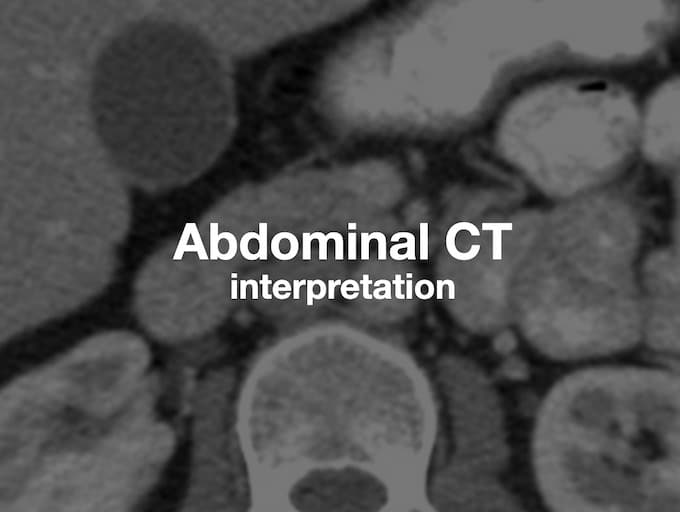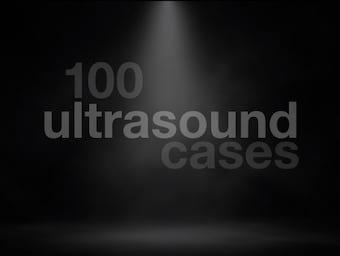
Abdominal CT: peritoneal cavity
Abdominal CT. Imaging the small bowel. Including the duodenum, jejenum, ileum, and terminal ileum

Abdominal CT. Imaging the small bowel. Including the duodenum, jejenum, ileum, and terminal ileum

Meigs syndrome: Triad of ascites with hydrothorax in association with benign ovarian tumor, that is cured after tumor resection. Described in 1934 by Joe Vincent Meigs (1892-1963)

A 74 year old man presents with increasing fluid overload and hypotension. He has small complexes on his ECG and you are asked to assess for a pericardial effusion. There is lots of fluid, can you describe where it is?

The peritoneum is a tough semi-permeable membrane lining abdominal and visceral cavities. it encloses, supports and lubricates organs within the cavity. Paracentesis is effectively the analysis of 'Ascites' - the abnormal accumulation of fluid within the abdomen.

OVERVIEW classified according to serum-ascites albumin gradient (SAAG) CAUSES High SAAG (“transudate”) cirrhosis, hepatic failure, hepatic venous occlusion, constrictive pericarditis, kwashiorkor, cardiac failure, alcoholic hepatitis, liver metastasis Low SSAG (“exudate”) malignancy, infection (bacterial, fungal, Tb), pancreatitis, nephrotic syndrome, bowel obstruction…